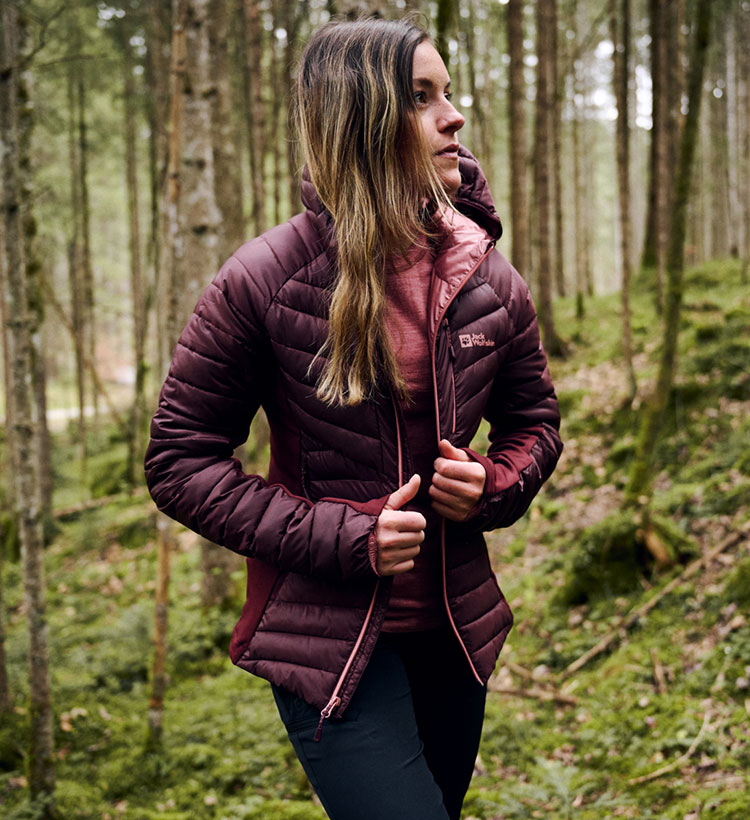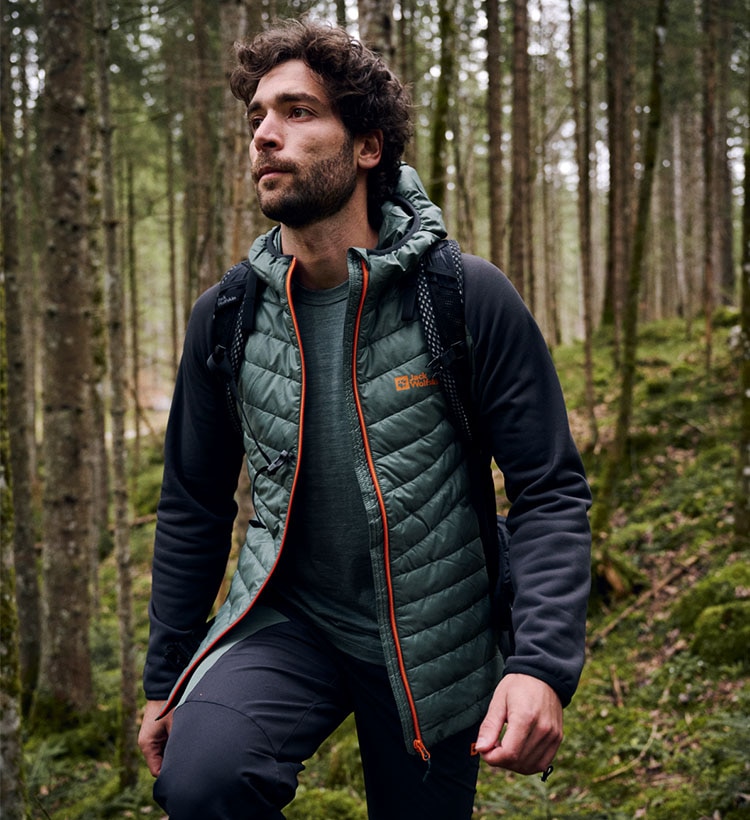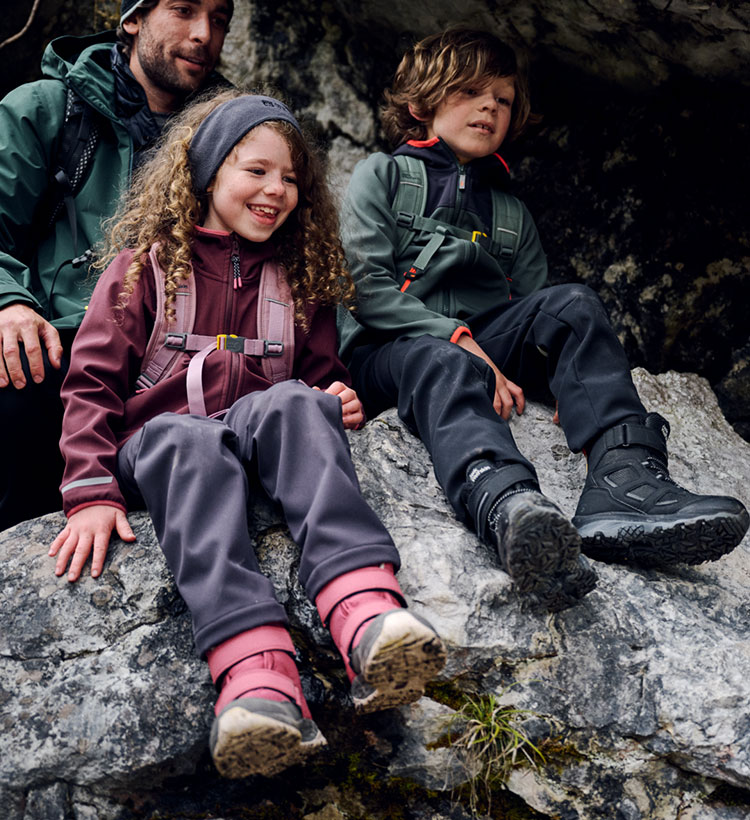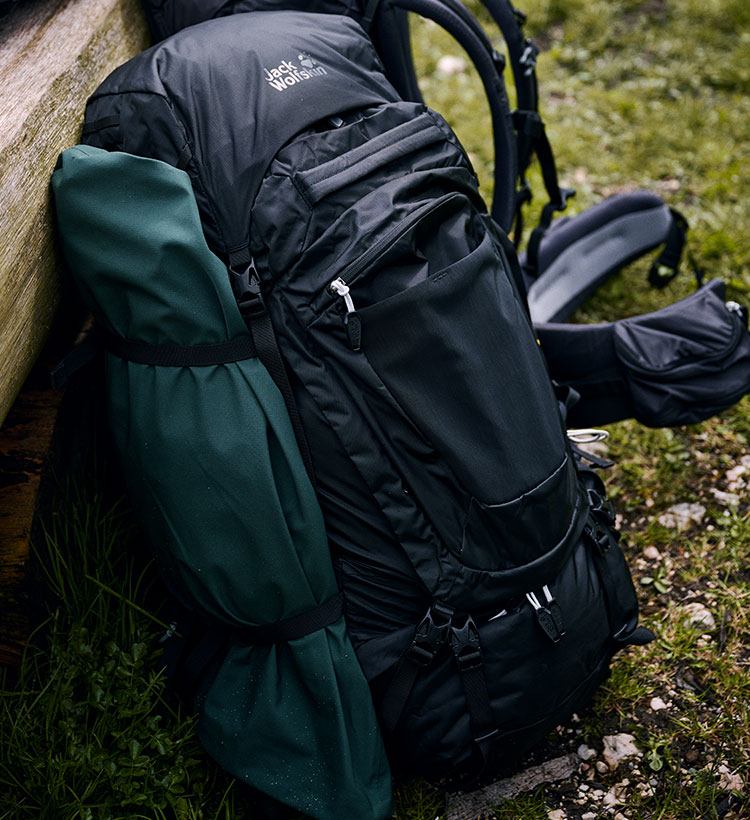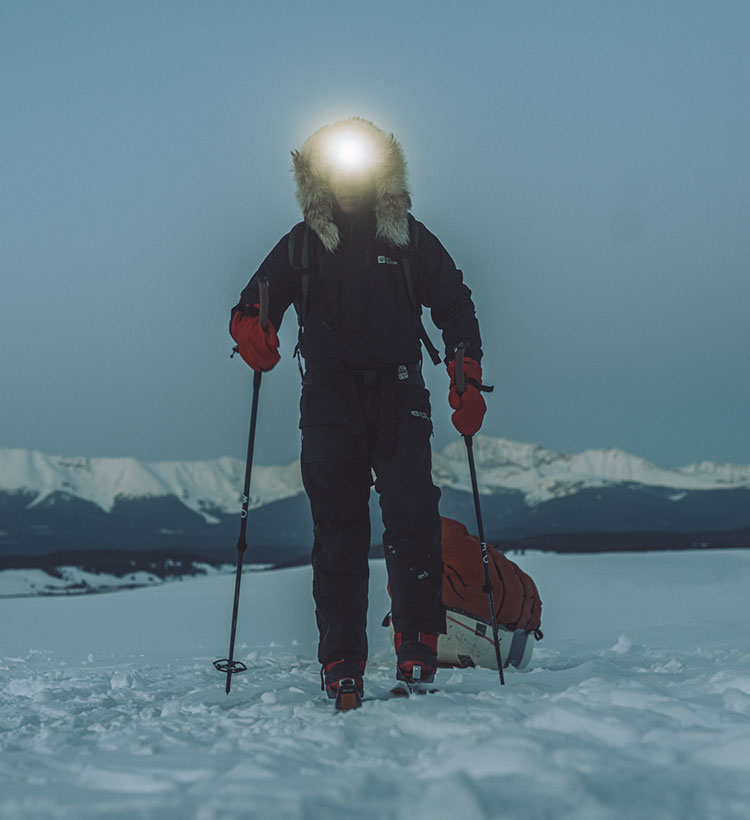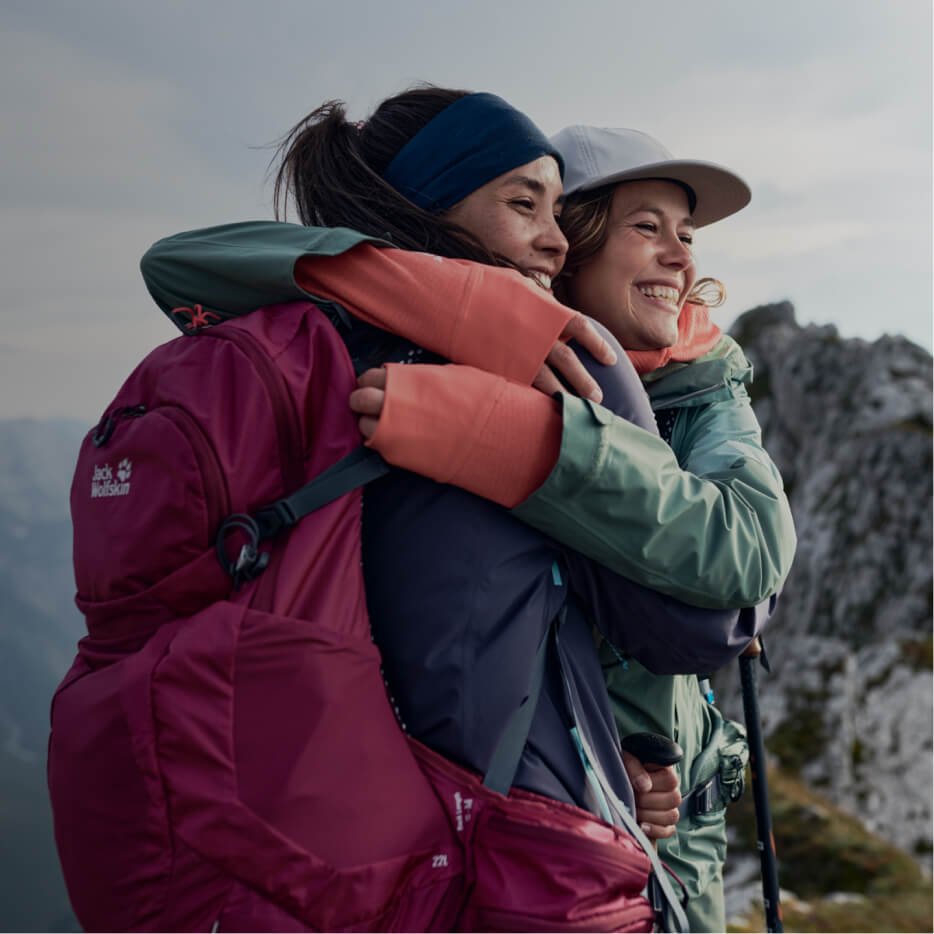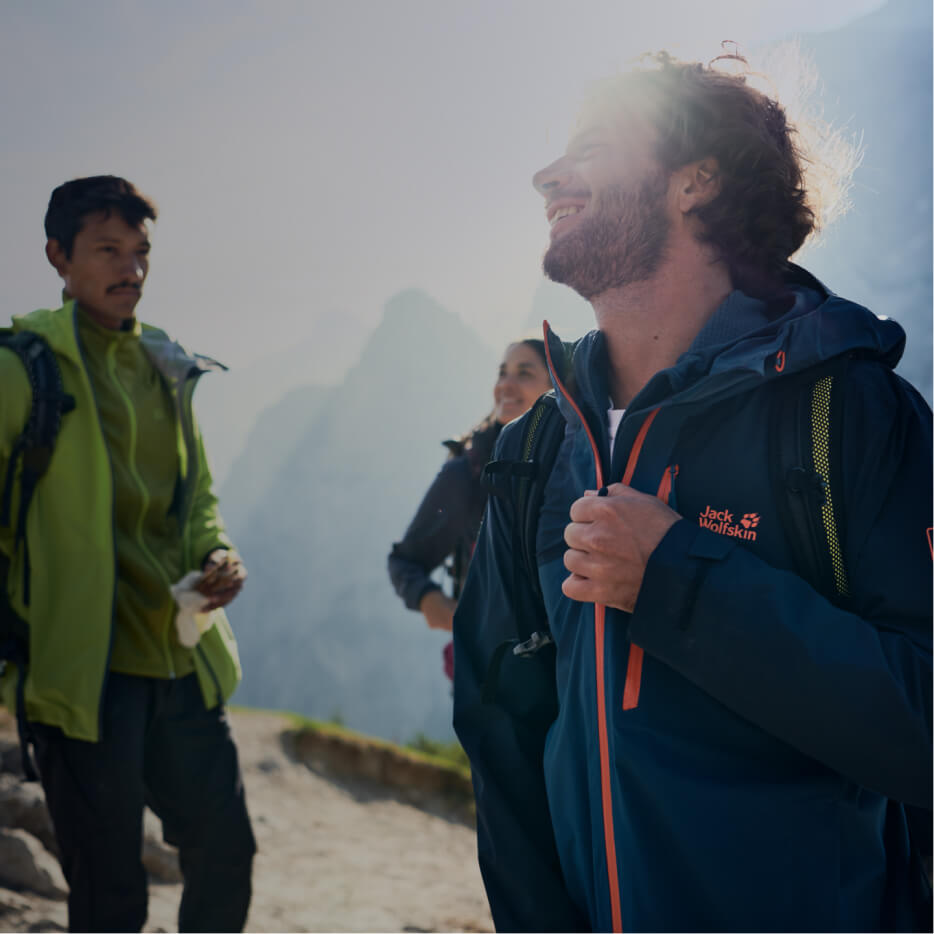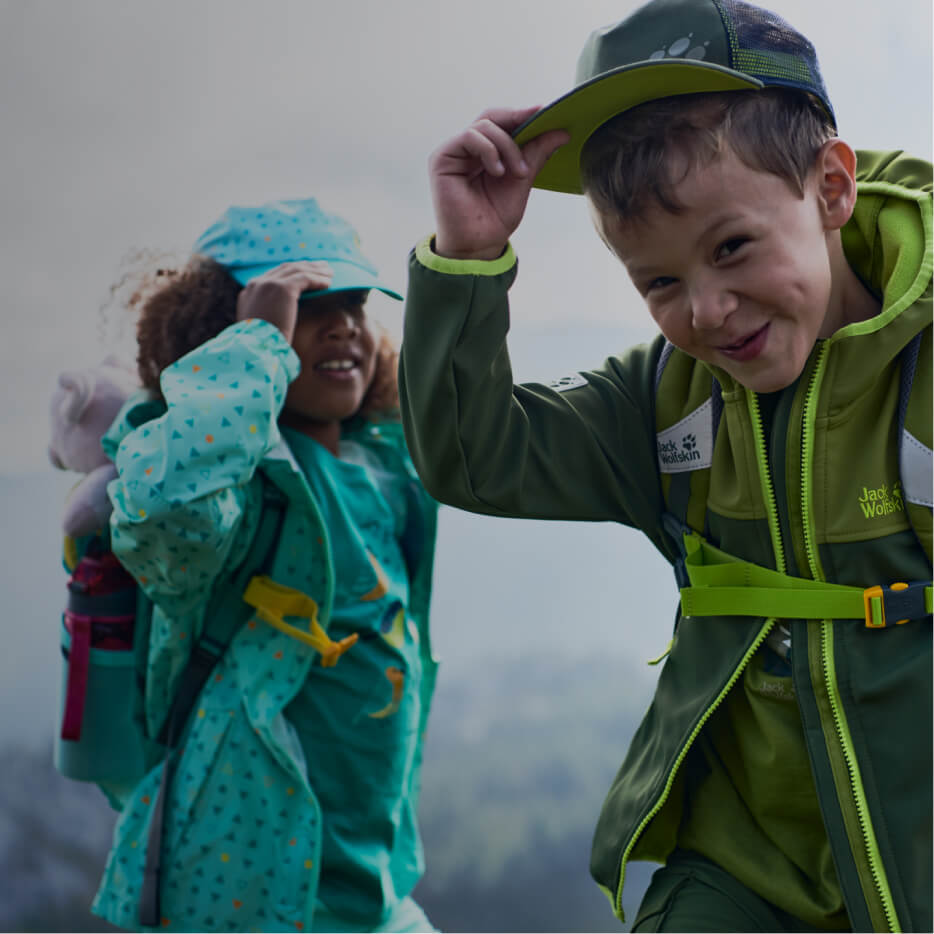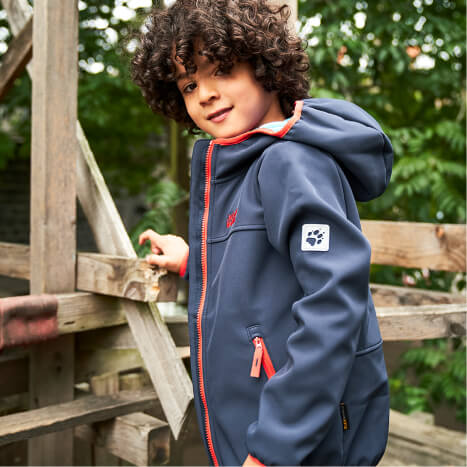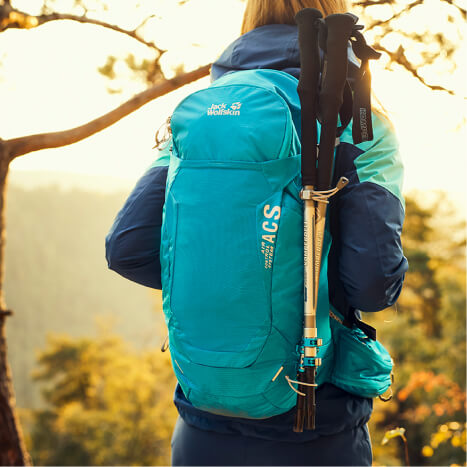Women In Mountain Rescue

INSPIRATION, HIKING
Women In Mountain Rescue
The Alpine regions can look back on close to 100 years of mountain rescue services. Rescue operations take place in the mountains regardless of weather or terrain. With the ultimate goal of saving lives, rescuers (mostly voluntary helpers) need to invest a great deal of time in education and training. When rescuers arrive at an emergency site, every action has to be just right, that is why the training is of such utmost importance. Candidates for the service, most of whom are already experienced mountaineers, have to undergo a challenging three-to-four-year training period so that they can safely rescue people from Alpine emergencies.

Mountain rescue services entail helping hikers, skiers, or climbers with emergencies in rough terrain, rescuing avalanche victims, and participating in disaster relief operations with other rescue organizations. But it is also about helping prevent accidents, eliminating particular sources of danger, and contributing to nature and landscape conservation and environmental protection. Mountain rescue is, therefore, a highly versatile undertaking. The most crucial aspect, however, is to always remain calm and not make any mistakes. Rescuers have to be able to completely focus on their tasks when others find themselves in distress. This demands maximum concentration. In return, they can feel gratified to have helped those in emergencies, plus the scenic backdrop of the Alps is never dull.
Each year, an ever-increasing number of women sign up as candidates for the demanding training program to become mountain rescuers in the Alpine regions. Sabrina Wurzer from Bischofshofen, Austria, is one of them. Since completing her training a year and a half ago, the marketing manager has been actively engaged in the mountain rescue service in Bischofshofen and is also involved in the press and public relations team of the regional management of the Salzburg Mountain Rescue Service. The 35-year-old grew up in an urban environment in Düsseldorf, Germany, and moved to Austria over ten years ago. Since then, she has developed a strong bond with the local population and the mountains.

Ms. Wurzer, you hold to the dictum “climbers help climbers.” How did you get involved with this activity?
I discovered my interest and love for the mountains and mountaineering relatively late in life. I’m originally from northern Germany. My husband comes from the Salzburg region and is an experienced mountain climber. He is also actively involved in mountain rescue. Through him, I learned a great deal firsthand and gained a feel for the mountains of my beautiful adopted homeland. I’m physically fit, and my knowledge and skills in mountaineering were at a high level, so I developed a strong desire to become involved in mountain rescue. I was attracted to the idea of being able to help and take on the commitment.
What were you required to do? The training course is known to be thorough and not for the faint of heart.
In fact, I began with a year-long trial period where I took part in many training evenings. At the same time, I was carefully observed by experienced instructors, who decide who is suitable for the mountain rescue service. It’s the best way because it is essential that you can perform safely and confidently when out on a mission. You are definitely not given any slack during training. The trial year is also meant to allow you to develop. At the local branch, everyone warmly welcomed me as a full member. Fortunately, the fact that I am a woman did not influence the acceptance and integration I experienced in the rescue service.

How did you like the training overall?
I found the following training program very exciting. The program is made up of two parts – winter and summer mountain rescue situations. Theory and practice ideally complement one another. And, of course, participants are trained in first aid. Then follow courses in rescue techniques for emergencies on cliffs and under conditions of deep snow and ice. Additional courses range from avalanche awareness to ski touring. Without a doubt, the absolute highlight of the training for me was the week spent in a high Alpine hut among the 3000 meter peaks of the Hohe Tauern National Park. In the so-called ‘ice course,’ we were taught demanding safety and recovery techniques under icy conditions. We then made selected high-altitude tours to put into practice what we had learned. We also heard many lectures about glaciers. The atmosphere and team spirit were simply fantastic. In general, I experienced warm camaraderie throughout the training program. The qualified instructors were excellent in imparting their expertise to the trainees, and they could draw on their wealth of experience to share with us.

What do you like most about your volunteer work?
The team spirit. Mountain rescue is teamwork, you have to be able to rely 100 percent on your colleagues. The greatest motivation for all those involved in mountain rescue work is to help people in emergencies. Sometimes, 20 to 30 mountain rescuers have to be employed to save a single emergency victim. And many emergencies occur even when climbers are well prepared, simply because the terrain and natural surroundings under various weather conditions can prove challenging. But we are here to offer help, not to judge accident victims. It is hard for me to put into words. Still, my greatest motivation for being involved in the mountain rescue service – besides my love of nature – is the feeling that you get when rescuing someone in distress and the knowledge that if ever I have an accident in the mountains, my colleagues will professionally come to my aid. And those you have saved will often send you a thank-you letter a few weeks later. That can be really moving.

Can you offer us a woman’s point of view of present-day mountain rescue services?
It remains the case that there are far more men active in the mountain rescue services than women. There are about 2000 mountain rescue volunteers in our region alone, and only around 90 of these are women. As a woman, you certainly do feel the pressure to prove yourself. The leadership of the Austrian organization strongly supports the inclusion of women in mountain rescue services and is very committed to attracting more women to volunteer. A great deal is being done. The reluctance seems to come from the part of women, although there are now very many accomplished female climbers. Perhaps more efforts in persuasion are required. Training is highly demanding, both physically and in terms of subject. You find that you question yourself whether you can keep up with all the heavy demands. In my opinion, women excel in on-site patient care. My message to women interested in participating in mountain rescue is clear. Trust yourself! This is a unique experience.
You can find more information about the Austrian Mountain Rescue Service here:
www.bergrettung-salzburg.at
www.bergrettung-salzburg.at/bergretter-werden
